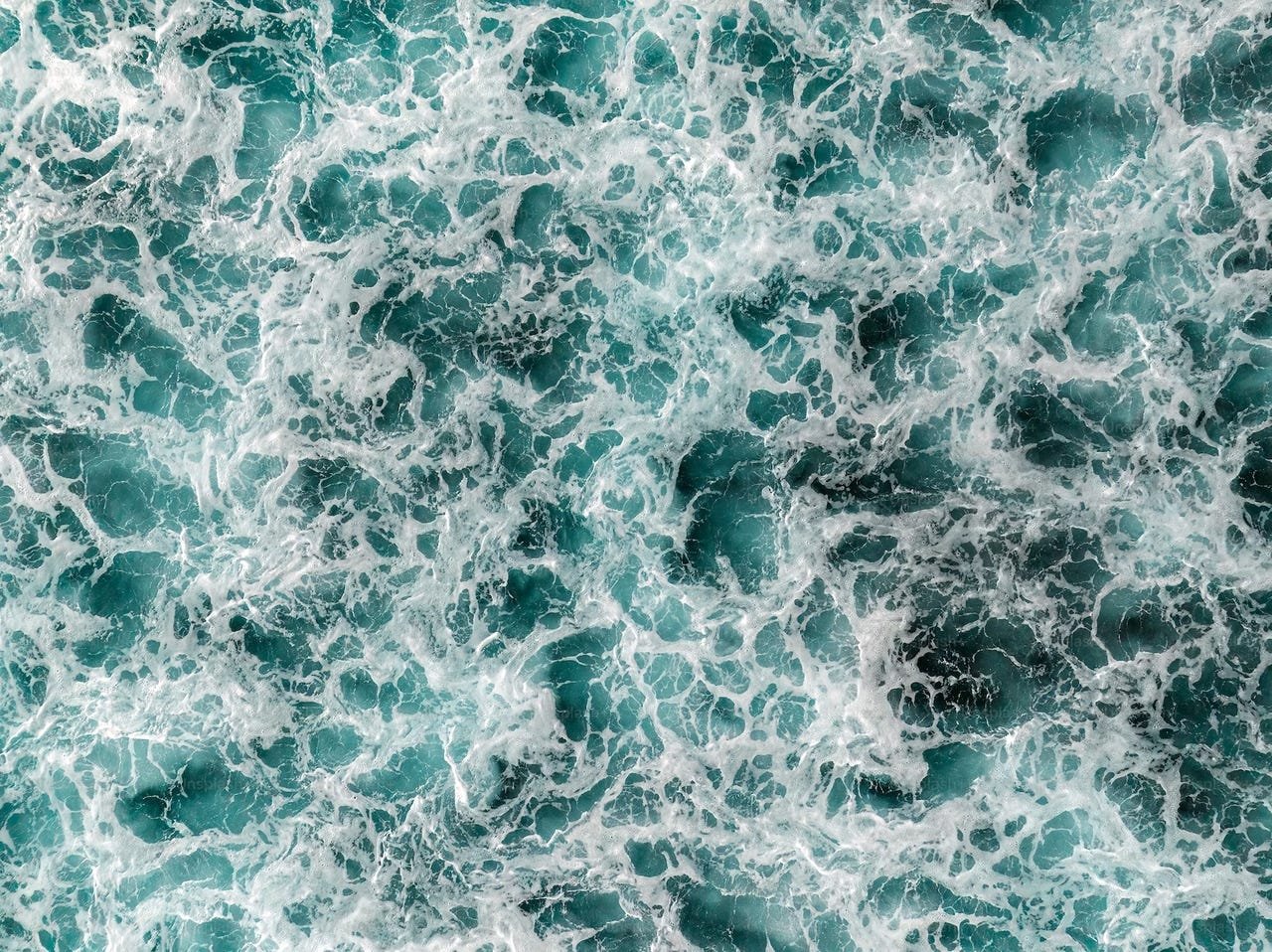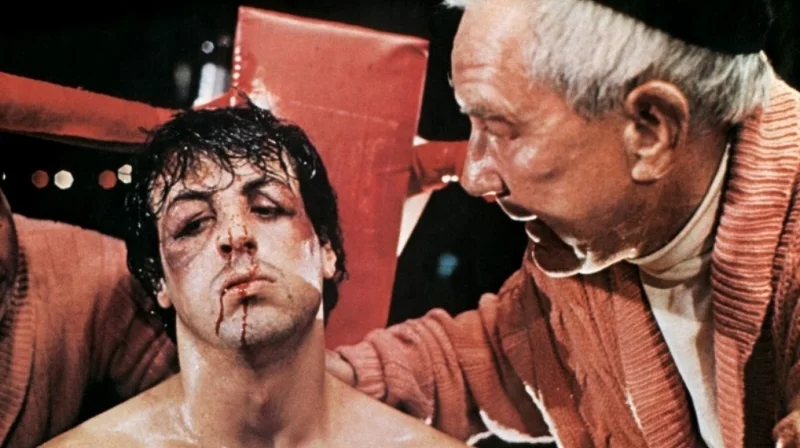
Explore how anxiety can show up in your life, work, and relationships
Read on

Try: Telling Yourself a Pump-Up Story (with Soundtrack)
When I truly need mojo...I put on the Rocky 4 soundtrack. According to a highly unscientific poll I conducted (with friends and acquaintances born in the 70s), this Cold War Rocky made a strong impression on many people who continue even to the present day to dip into "Hearts on Fire" or "Burning Heart" as needed.

Try to: Stop Using Certain Phrases
It can take years to figure out the simplest things. It took me years to realize that there are certain sentence beginnings I’m simply not allowed to finish. It took me a long time to realize that those phrases are not good for my mental health.

The Designer Who Traded His Camera Phone for a Pad of Paper
Shridhar Reddy was a colleague of mine. We always had great conversations at lunch. Afterward, I’d often find a mysterious book on my desk on a wide array of topics — from Winnebagos to UX design to nature journaling.
Shridhar mentioned he had stopped taking photos and started drawing on his daily runs. I wanted to know more. The shift felt like it could help others. It signaled creative regeneration.

Guide to the Language of Beautiful Voyager
Some of these terms came from Meredith (founder of BV), some from articles or tv shows, and many from the BV Slack group. Understanding the lingo helps understand the concepts, so that's why we're creating one place to be able to refer to it all.